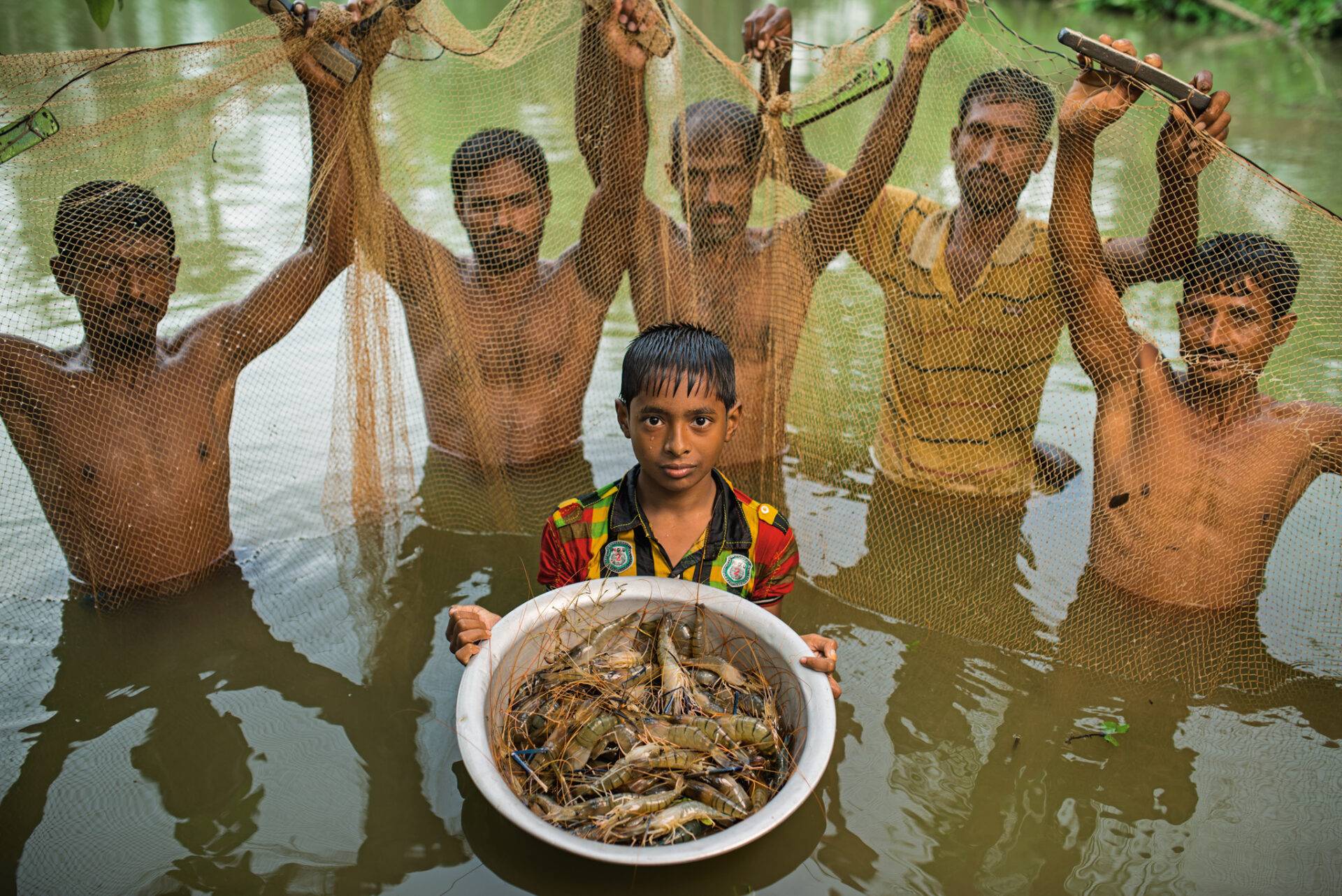Aquaculture in Asia stands as a cornerstone of the region’s food security, economic development, and cultural heritage. With a rich history dating back thousands of years, Asian aquaculture has evolved into a dynamic and diverse sector, supplying a significant portion of the world’s seafood demand. In this report, we delve into the current state of the Asian aquaculture industry, its challenges, opportunities, and highlight the top 10 companies driving innovation and growth in the region.
Overview of the Asian Aquaculture Industry
Historical Perspective
Aquaculture has been practiced in Asia for millennia, with ancient civilizations such as those in China, India, and Southeast Asia harnessing the rich aquatic resources of rivers, lakes, and coastal areas. Traditional aquaculture techniques, including pond culture, rice-fish farming, and integrated aquaculture-agriculture systems, have been passed down through generations and continue to play a significant role in Asian food production.
Current Landscape
Today, Asia dominates the global aquaculture industry, accounting for over 90% of global aquaculture production. The region’s diverse ecosystems and favorable climatic conditions support the cultivation of a wide range of species, including fish, crustaceans, mollusks, and seaweeds. China leads the pack, followed by countries such as India, Vietnam, Indonesia, Thailand, and Bangladesh, each contributing significantly to the region’s aquaculture output.
Key Species
Asian aquaculture is characterized by the production of a variety of species tailored to local preferences and market demand. Major species cultivated in the region include carp, tilapia, catfish, shrimp, prawns, salmon, trout, crab, oysters, mussels, and seaweed. These species are farmed in diverse production systems, ranging from extensive pond culture to intensive recirculating aquaculture systems (RAS).
Challenges and Opportunities
Challenges
Despite its success, the Asian aquaculture industry faces several challenges that threaten its sustainability and growth. These include:
- Environmental Degradation: Intensive aquaculture practices can lead to habitat destruction, water pollution, and the depletion of natural resources.
- Disease Outbreaks: Disease outbreaks can devastate aquaculture operations, leading to significant economic losses.
- Feed Sustainability: The reliance on fishmeal and fish oil in aquafeeds raises concerns about the sustainability of feed ingredients and their impact on wild fish stocks.
- Social and Labor Issues: Labor conditions, human rights violations, and conflicts over land and water rights are prevalent in some aquaculture-producing regions.
Opportunities
Despite these challenges, the Asian aquaculture industry presents numerous opportunities for innovation and sustainable growth:
- Technology Adoption: Advances in aquaculture technologies, including RAS, biofloc systems, genetic improvement, and disease management, offer opportunities to improve efficiency and sustainability.
- Alternative Feeds: Research into alternative protein sources for aquafeeds, such as plant-based ingredients, insect meal, and microbial proteins, holds promise for reducing reliance on fishmeal and fish oil.
- Market Diversification: Growing domestic and international demand for seafood presents opportunities for Asian aquaculture producers to expand their market reach and export potential.
- Sustainable Practices: Embracing sustainable aquaculture practices, such as certification schemes, eco-labeling, and ecosystem-based management, can enhance the industry’s environmental and social performance.
Top 10 Asian Aquaculture Companies
1. Charoen Pokphand Foods (CP Foods)
Country: Thailand
Key Products: Shrimp, Fish, Poultry
CP Foods is one of the largest aquaculture companies in Asia, with extensive operations in Thailand and other countries. It is a major player in shrimp farming and aquafeed production.
2. Marine Harvest (Mowi ASA)
Country: Norway (with significant operations in Asia)
Key Products: Salmon
Mowi ASA is a global leader in salmon farming, with operations in several Asian countries, including China and Vietnam.
3. PT Japfa Comfeed Indonesia Tbk
Country: Indonesia
Key Products: Shrimp, Fish, Poultry
Japfa Comfeed Indonesia is a diversified agribusiness company with significant aquaculture operations, particularly in shrimp farming.
4. Guangdong Evergreen Feed Industry Co., Ltd.
Country: China
Key Products: Aquafeeds
Evergreen Feed is a leading aquafeed manufacturer in China, providing feed solutions for various aquaculture species.
5. Austevoll Seafood ASA
Country: Norway (with operations in Asia)
Key Products: Fish, Shrimp
Austevoll Seafood is a global seafood company with operations in Asia, including fishmeal and fish oil production.
6. PT Aneka Tuna Indonesia Tbk
Country: Indonesia
Key Products: Tuna
Aneka Tuna Indonesia is a major player in the tuna industry, with fishing and aquaculture operations in Indonesia and other countries.
7. Baiyang Investment Group Co., Ltd.
Country: China
Key Products: Shrimp, Fish, Feed
Baiyang Investment Group is a diversified company with interests in aquaculture, feed production, and seafood processing.
8. PT Central Proteinaprima Tbk (CP Prima)
Country: Indonesia
Key Products: Shrimp, Fish, Feed
CP Prima is a leading aquaculture company in Indonesia, specializing in shrimp farming and aquafeed production.
9. Thai Union Group PCL
Country: Thailand
Key Products: Shrimp, Tuna, other Seafood
Thai Union is one of the world’s largest seafood companies, with extensive aquaculture and processing operations in Asia.
10. Beijing Shunxin Agriculture Co., Ltd.
Country: China
Key Products: Shrimp, Fish, Feed
Shunxin Agriculture is a prominent aquaculture company in China, with a focus on shrimp farming and feed production.
Conclusion
The Asian aquaculture industry is a dynamic and vibrant sector that plays a crucial role in global food production, economic development, and environmental sustainability. While facing significant challenges, including environmental degradation, disease outbreaks, and social issues, the industry is poised for continued growth and innovation. The top 10 aquaculture companies in Asia are at the forefront of driving this transformation, leveraging technology, sustainability initiatives, and market opportunities to shape the future of aquaculture in the region and beyond. As Asian aquaculture continues to evolve, collaboration, innovation, and responsible management will be key to ensuring its long-term viability and contribution to food security and economic prosperity.
Related: Global Aquaculture Industry Report


